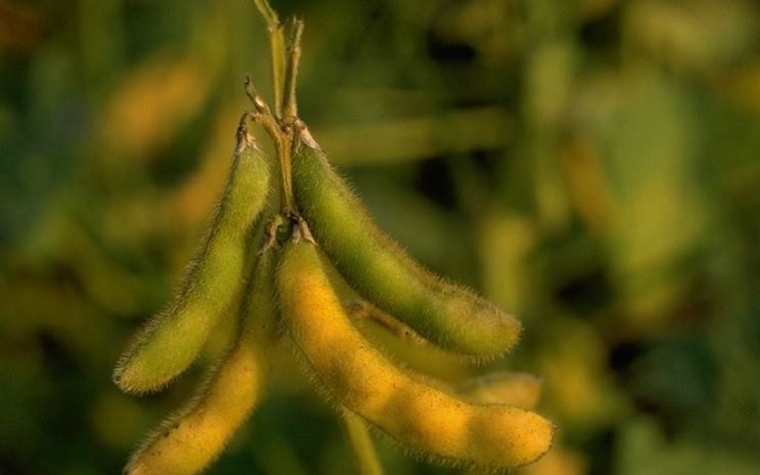The European Union's approval of three biotech soybean traits for import and processing is great news for American Soybean Association (ASA) President Richard Wilkins.
The Balance GT FG72 soybean from Bayer CropScience and the Xtend dicamba-tolerant soybean and Vistive Gold high oleic soybean products from Monsanto are some of the permitted traits. Despite the approved traits, Wilkins noted in a statement regarding the E.U., that charges are still needed.
“We are very relieved to see these three traits approved for import into the European Union, as today’s announcement represents a clearing of an important hurdle for the commercialization of these valuable products in the U.S.,” Wilkins said. “In Europe, the approval means that the E.U.’s livestock and feed industry, which is more than 70 percent dependent on imported feed, can get the high-quality protein it needs In the U.S., American farmers need an ever-increasing range of tools to tackle the challenge of resistant weeds that now impact nearly every soy-growing state. Similarly, with the continuing move away from trans-fats in American diets, farmers need additional tools to produce soybeans that meet that market demand as well.”
Final approval was needed by the E.U. Commission for the three soybean events after receiving confident scientific opinions from the European Food Safety Agency more than 12 months ago.
“With today’s announcement, we hope that we can take solid steps to ensure that the approvals of new biotech traits in our major markets continues to improve but there is still work to be done,” Wilkins said. “Given the commoditized nature of our soybeans, we simply can’t take the risk that unapproved traits make their way into the grain export stream and result in rejected shipments abroad. But the longer and more tedious that process is, the more barriers stand between soybean farmers and their productivity, and the less incentive our technology partners have to bring these new products to market.”




 Alerts Sign-up
Alerts Sign-up